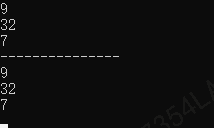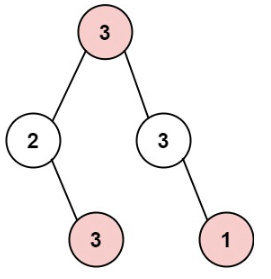linq 的本质是扩展方法和委托的结合
链式 linq 和 方法级linq
List<int> list = new List<int>() {
3,9,32,7
};
// linq 分为链式 和方法级linq
//链式的写法如下
var q = from temp in list where temp > 6 select temp;
//方法级linq 如下
var q1 = list.Where(temp => temp > 6).Select(temp=>temp);
//通过反编译可以看出链式linq 最终都是要翻译为方法级linq ,这点可以大伙可以自行尝试
自定义自己的linq查询
using System;
using System.Collections.Generic;
using System.Linq;
using System.Text;
namespace ConsoleApplication1
{
class Program
{
static void Main(string[] args)
{
List<int> list = new List<int>() {
3,9,32,7
};
//找出大于6 的数,我们很自然的会使用linq 来查询
var newList = list.Where(x => x > 6);
//linq 的本质是什么呢? linq的本质是 扩展方法和委托的结合
var newList2 = list.CustomerWhere(x => x > 6);
foreach (var item in newList)
{
Console.WriteLine(item);
}
Console.WriteLine("---------------");
foreach (var item in newList2)
{
Console.WriteLine(item);
}
Console.ReadKey();
}
}
/// <summary>
/// 自定义一个扩展方法, 要点:静态类的静态方法,this 要扩展的类型 其余参数
/// </summary>
static class CustomerWhereExtension
{
public static List<int> CustomerWhere(this List<int> list, Func<int, bool> predict)
{
List<int> tempList = new List<int>();
foreach (var item in list)
{
if (predict.Invoke(item))
{
tempList.Add(item);
}
}
return tempList;
}
}
}
运行结果如下













![[Java SE] 彻底搞懂Java程序的三大参数配置途径:系统变量与JVM参数(VM Option)/环境变量/启动程序参数args](https://img2023.cnblogs.com/blog/1173617/202306/1173617-20230609142845477-846259964.png)











